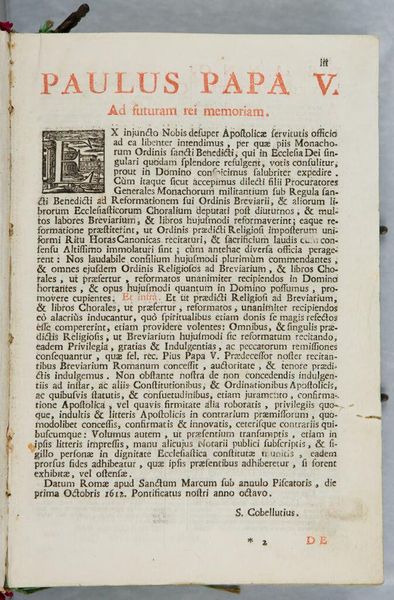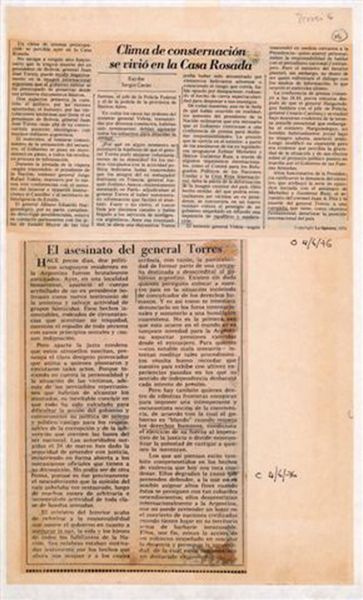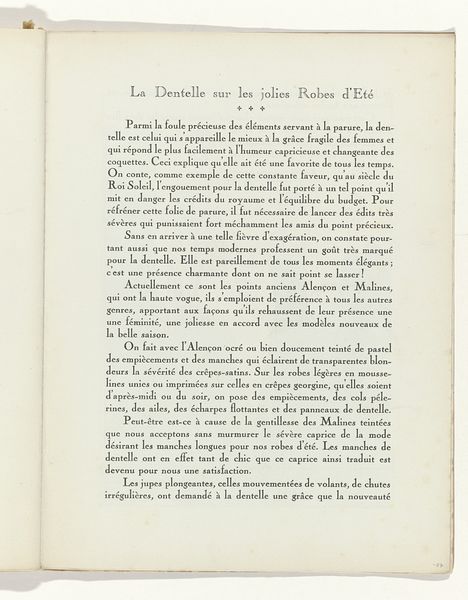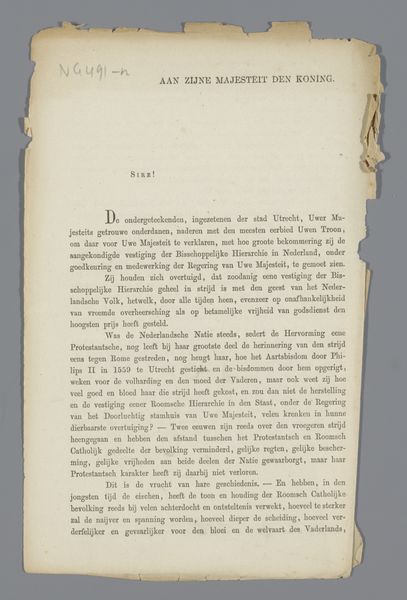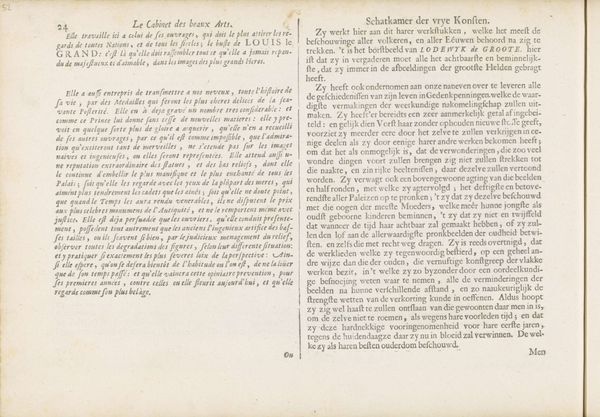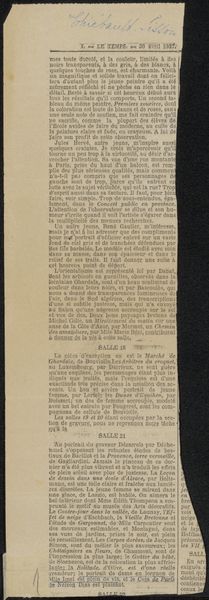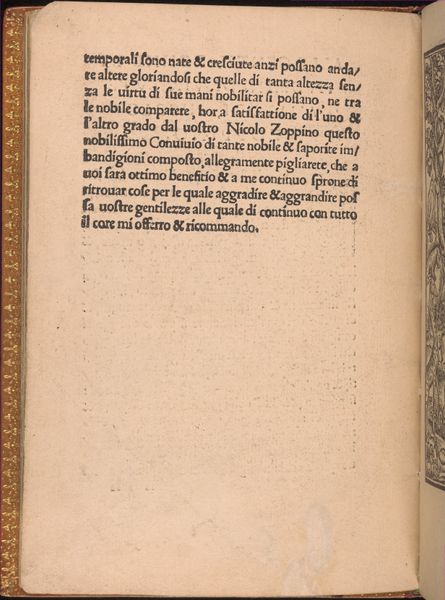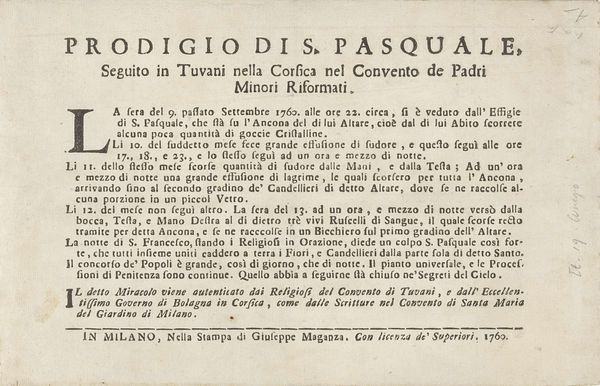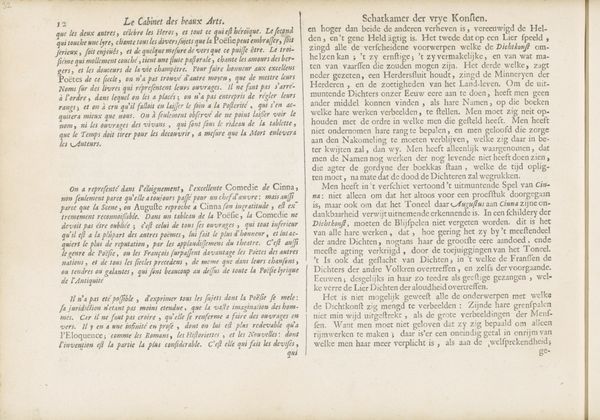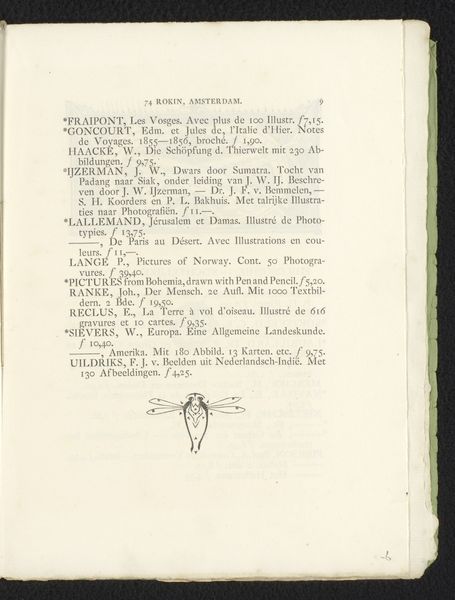
Book cover for Volpi's Poesie with red and blue floral, paisley, and geometric patterns 1700 - 1800
0:00
0:00
drawing, print, paper
#
drawing
#
baroque
# print
#
paper
#
italian-renaissance
Dimensions: Sheet: 7 5/8 × 10 11/16 in. (19.4 × 27.2 cm)
Copyright: Public Domain
Curator: This book cover from the 1700s, made by the Remondini Family, blends print and drawing on paper, showcasing vibrant red and blue floral and geometric patterns. It's visually arresting, isn’t it? Editor: It really is, particularly the boldness of the colors. It gives the Baroque style a vibrancy I wasn't expecting. What jumps out at you when you see this piece? Curator: What strikes me is how these intricate patterns, while beautiful, function within a broader socio-political context. The Italian Renaissance motifs meet Baroque extravagance just as printed text meets vibrant ornamentation, which invites us to think about power dynamics. Who was consuming these images? How did their identities shape their interpretations of beauty and authority? This cover speaks volumes about the social and political environment of the time, perhaps hinting at how religious devotion was interwoven with aesthetic display for specific audiences. Editor: So, it’s more than just decoration? The colors and patterns almost become tools of communication themselves, reflecting social identity and reinforcing power structures. Curator: Precisely! Think of the symbolic value embedded in each flourish and line. The choice of specific patterns, their arrangement, the paper itself – all become coded messages read differently across various social strata. We should consider this artifact as an embodiment of Renaissance tradition merging into Baroque expression, serving a very precise function of establishing particular notions and solidifying Italian heritage. It prompts us to consider issues of identity, and question our perceptions of power. Editor: I see. It's a powerful example of how art can be simultaneously beautiful and deeply political. Curator: Indeed, recognizing this piece as an intersection between visual expression, Renaissance aesthetic, and the dynamics of Italian societal expression helps enrich our engagement. Hopefully we’ll now think twice when looking at similar works! Editor: Absolutely. I'll definitely remember to look beyond the surface and consider the deeper historical and social implications.
Comments
No comments
Be the first to comment and join the conversation on the ultimate creative platform.
